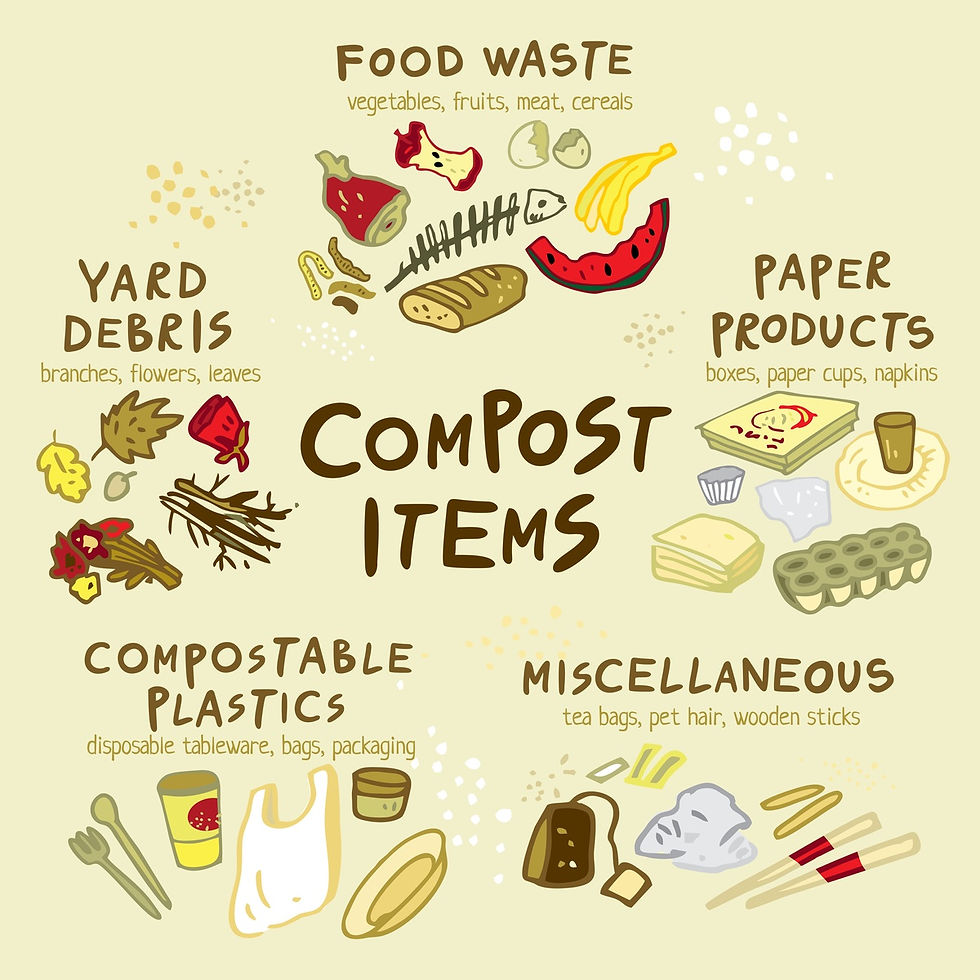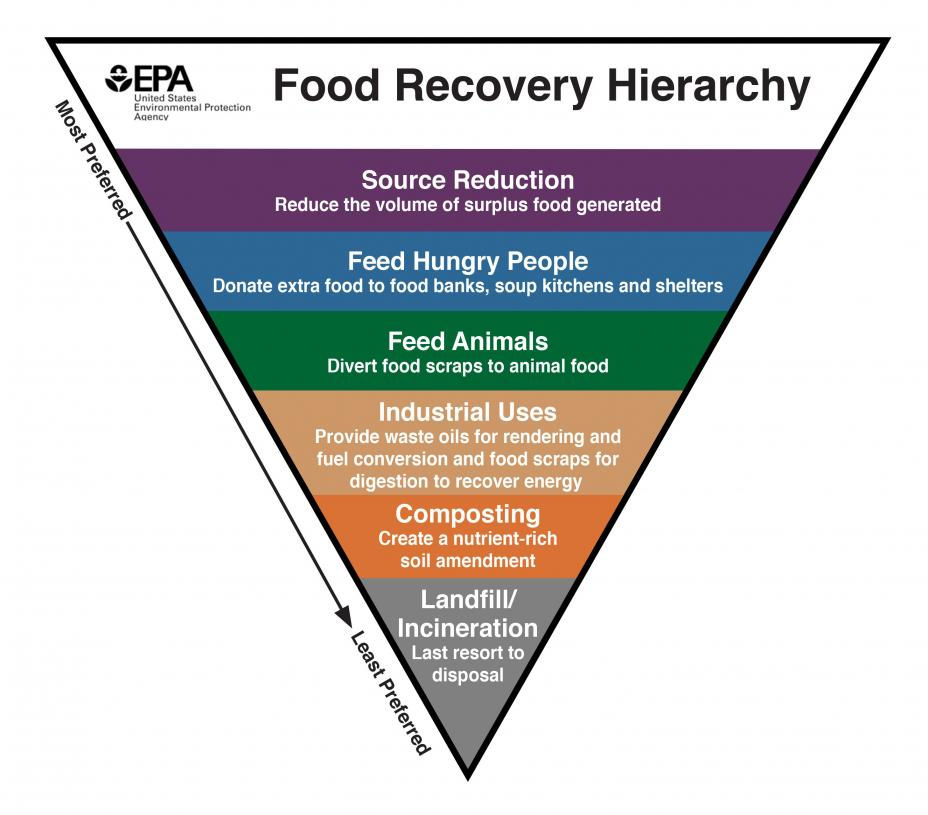- May 27, 2021
- 9 min read
Tackling Food Waste with Learn About Composting Day

Composting is on the rise, with people spending more time at home and cooking during the pandemic. Although some municipalities and cities faced budget cuts to their composting programs during the past year, public awareness and engagement in composting continues to gain traction.
To celebrate National Compost Learning Day, here’s a food waste and composting refresher.
The Dirt on Food Waste
Before discussing composting, let's look at the bigger issue of food waste. 1.4 billion tons of food is wasted every year globally, with the U.S contributing about 30-40 million tons of food waste every year. That is about 30-40% of the entire U.S food supply wasted throughout the supply chain every year, or approximately one pound of food is wasted per person per day.
There are also steep environmental impacts with resources to grow and produce food wasted along with the associated greenhouse gas emissions. If food waste were a country, it would be the 3rd largest emitting country by contributing 8% of GHG emissions.
Food scraps sent to landfills degrade through anaerobic digestion, which releases methane, a greenhouse gas that is 26-38x more potent than carbon, along with carbon dioxide. What remains is a cocktail of toxic liquids contributing to the landfill leachate that can contaminate the soil.
On the other hand, the anaerobic decomposition needs little to no oxygen and releases methane in the process, a greenhouse gas that is 28-34 more potent than carbon. There is also no safe, useable byproduct (think landfill leachate).
How do I compost?
The magic in composting is attributed to billions of microorganisms that break down organic material to produce humus, the organic component of soil. A good batch of compost is primarily composed of high carbon or "brown" organic materials and some nitrogen, or "green" organic materials, to attain a 30:1 ratio.
A balance between organic materials providing the primary nutrients for the microbes, air, water, and temperature will initiate the decomposition to provide "black gold." Ready to use compost can be achieved in 3 to 9 months, where manual or mechanical churning of the mixture can encourage the decaying process to produce finished compost faster.

What are the benefits of composting?
Composting is truly a win-win situation where the benefits extend beyond avoiding food waste sent to landfills.
Here are a few benefits of composting:
-
Enriches soil, helping retain moisture and suppress plant diseases and pests.
-
Conserves water with greater water retaining capabilities
-
Reduces the need for chemical fertilizers
-
Encourages the production of beneficial bacteria and fungi that break down organic matter to create humus, a rich nutrient-filled material
-
Reduces methane emissions from landfills and lowers greenhouse gas emissions
How can you help decrease the food waste footprint?
The food waste problem is a complex challenge that involves the entire food supply chain, not just the consumers. However, there are ways anyone can get involved to decrease the food waste footprint and transition to more productive use through composting.
-
Reduce food waste & save money by planning your favorite meals ahead of time only to buy what you need. This helps make sure you use up perishable items on time.
-
Check food quality and freshness based on smell or other cues rather than just the "manufactured" or "best buy" date.
-
Freeze foods that are still fresh but that you might not use on time.
-
Donate fresh and canned items you might not use in time (before a much-needed vacation after a year of lockdown) to a community fridge.
-
Subscribe to a food delivery service that specializes in selling "ugly produce." These delivery boxes skip these steps and recuperate surplus or "ugly" items that would have been disposed of otherwise (Imperfect foods & Misfit Market). A large part of food industry emissions is actually from distribution and refrigeration, not from transportation.
-
Drop off food scraps at a local community garden, Farmer's market, or municipal composting facility. Make sure only organic materials are added to the mix and remove all plastic (including produce stickers), glass, and other non-compostable items to avoid contamination.
Celine Damide is a Clean Energy Data Analyst at Brightcore. She contributes to our sustainability blog, where we share insights on clean energy solutions for your business or institution, whether you have a fully formed corporate social responsibility plan or you are just starting to consider a renewable energy or energy efficiency strategy. Follow Celine and Brightcore Energy on LinkedIn and Twitter (@BCEnergy).



